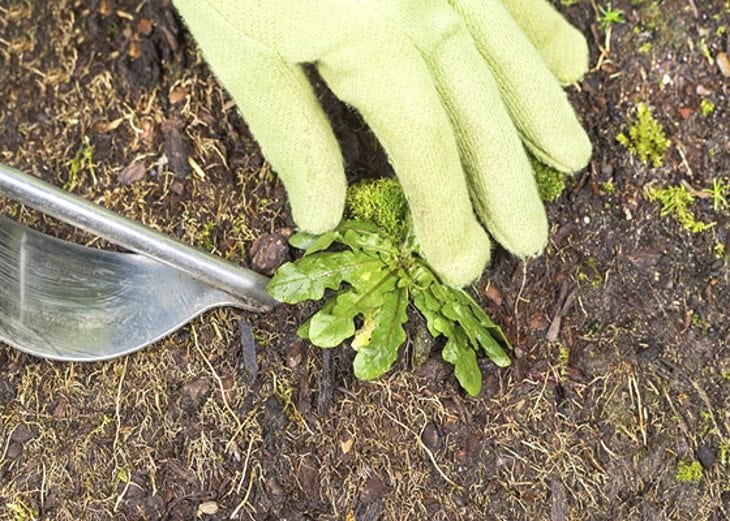Knowing everything about gardening can be complicated. It is therefore interesting to be able to garden with household items in order to save money. Thus, we do not use any products that are harmful to us or to the grass. However, it is possible to make a natural and powerful weed killer at the same time.
Weeds often spoil our landscape and are difficult to eradicate. They can range from bindweed to dandelion to thistle. Here are a few everyday items that can be useful to get rid of them permanently and naturally:
Contents
- 1 The newspaper
- 2 Old shower curtains and rugs
- 3 Plastic bottles
- 4 Corn Gluten Meal
- 5 Vinegar
- 6 Vodka
- 7 The soap
- 8 Boiling water
- 9 Baking soda
- 10 Bleach
- 11 Borax
- 12 Landscape Fabric
- 13 Salt
- 14 Vinegar
- 15 The trowel
- 16 WD-40
- 17 In addition to these elements, there are also strategies that can be implemented to eliminate weeds:
- 18 The best weed killer is prevention
- 19 Control broadleaf weeds with the least amount of herbicide possible
- 20 Controlling crabgrass with a “grass killer” in the spring
- 21 Now here are some tips on how to be most effective:
- 22 A good job can only be done with the right tools at hand:
- 23 Author
The newspaper
A newspaper mat prevents sunlight and oxygen from reaching the soil. This smothers the weeds and prevents new ones from growing.
Mulch can also be added and, if weeds grow in it, a sort of mulch-newspaper lasagna is developed that will decompose and feed the soil.
One tip is to lay ten layers of wet newspaper and mulch on top.
Old shower curtains and rugs
It can be interesting to spread them in the garden paths by covering them with mulch.
Plastic bottles
To isolate the plant and not spray herbicide on others, cut a bottle in half and use the top half to target the plant.
Be sure to wear gloves and safety glasses.
Corn Gluten Meal
Corn gluten meal is 10% nitrogen. It prevents the seeds from turning and the formation of roots. It should be spread around the plants and after the harvest.
Be sure to use this tip before weeds emerge.
Sometimes weeds are also found in rocks.
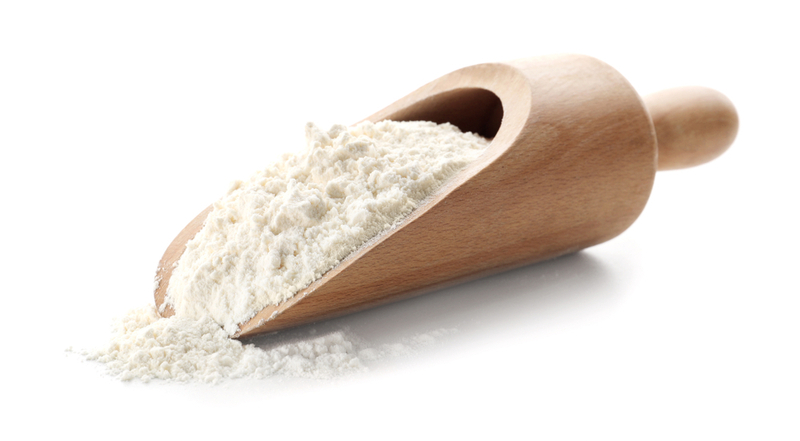
Vinegar
For it to be 100% effective, it is interesting to dilute it with a few drops of washing-up liquid so that the solution remains on the leaves.
Before spraying, it is important to cover the plants in the vicinity. To aim well, remove the bottom of a plastic bottle and spray into the neck so as not to splash what is next to it.
Vodka
Mix 30 mL of vodka with 2 cups of water and a few drops of dishwashing liquid, this will dry out the weeds in the sun. It’s best to spray it on the leaves until the mixture runs off. However, it doesn’t work as well with shade-loving weeds, so it’s best to apply it around noon.
The soap
The oil in soap breaks down the waxy or hairy surfaces of weeds.
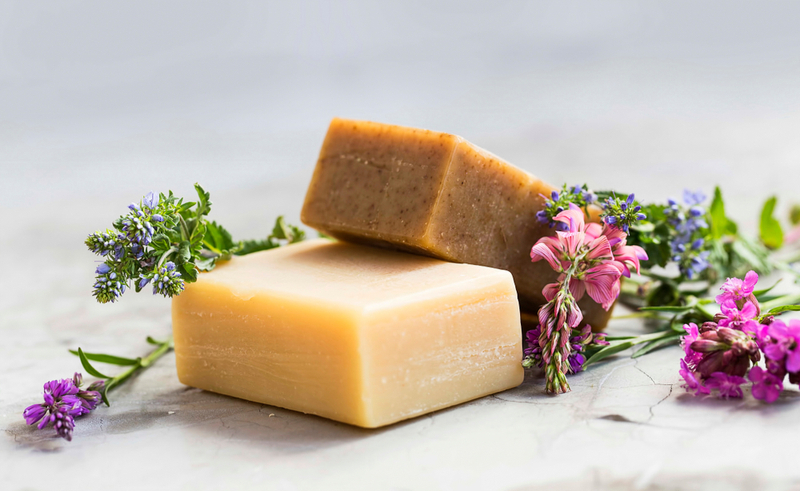
Boiling water
Pouring boiling water on weeds will burn them. This tip is most effective for driveways and sidewalks.
Baking soda
Baking soda is effective for cracks in paved walkways and driveways. To eliminate weeds, simply sprinkle it on the concrete and sweep it into the cracks.
Bleach
Using undiluted bleach will pull out the weeds and prevent them from coming back.
Be careful not to get it on other plants!
Borax
To kill weeds before they take root, sprinkle borax into cracks in the concrete.
It can also be used around the foundation of the house to keep out insects such as ants.
Be careful, this product is toxic to plants.
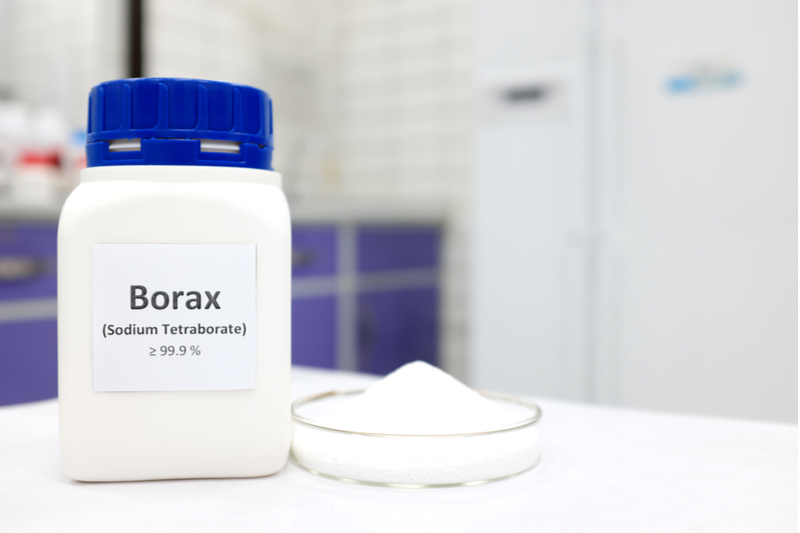
Landscape Fabric
The landscape fabric must be kept light and have small enough holes to prevent weeds from growing through the barrier.
To be most effective, it should be rigid and not brittle or soft.
Salt
How do you weed with salt? Boil one cup of salt in two cups of water and pour it over the weeds.
Another method is to spread the salt directly and let the rain do the work.
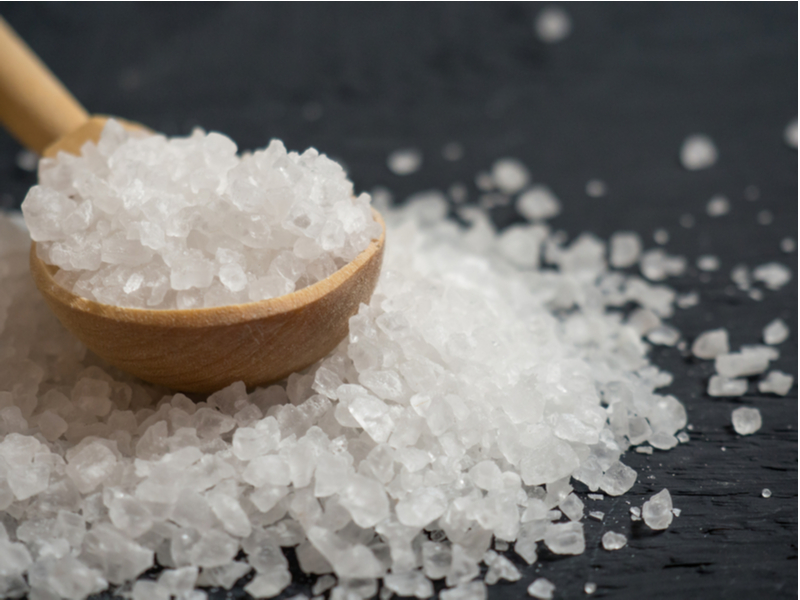
Vinegar
To eliminate what comes out of concrete cracks and insects, it can be interesting to fill a spray bottle with undiluted white vinegar.
Be careful not to spray it on neighboring plants.
At the beginning of the season, a spray of vinegar in the middle of the flower and on the stem near the ground is enough. But if it rains, be careful because you will have to start again.
The trowel
The trowel is the easiest way to dig up weeds. It keeps the weeds from coming back.
WD-40
Spraying weeds with WD-40 will cause them to wilt and die.
In addition to these elements, there are also strategies that can be implemented to eliminate weeds:
The best weed killer is prevention
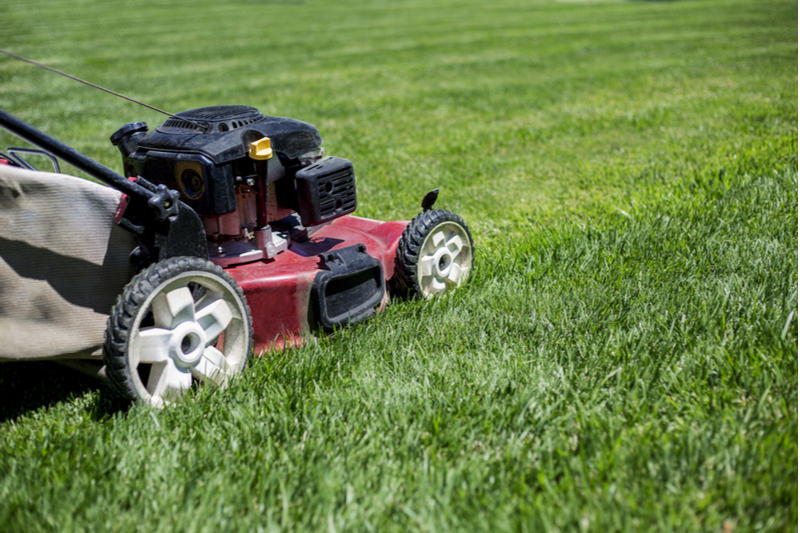
Longer grass that outgrows the weeds helps prevent them. If the grass is taller, it shades the weeds, keeps the soil cooler and delays their growth.
Please note that the grass should be mowed when it is one third above the ideal height.
Know what you are dealing with
There are 3 types of weeds:
Broadleaf weeds
Example: dandelions, clovers, ivy, etc.
Perennial weeds
These weeds sleep in the winter and reappear in the spring. They spread by roots and seeds.
Example: quackgrass
Annual weeds
Example: crabgrass
Control broadleaf weeds with the least amount of herbicide possible
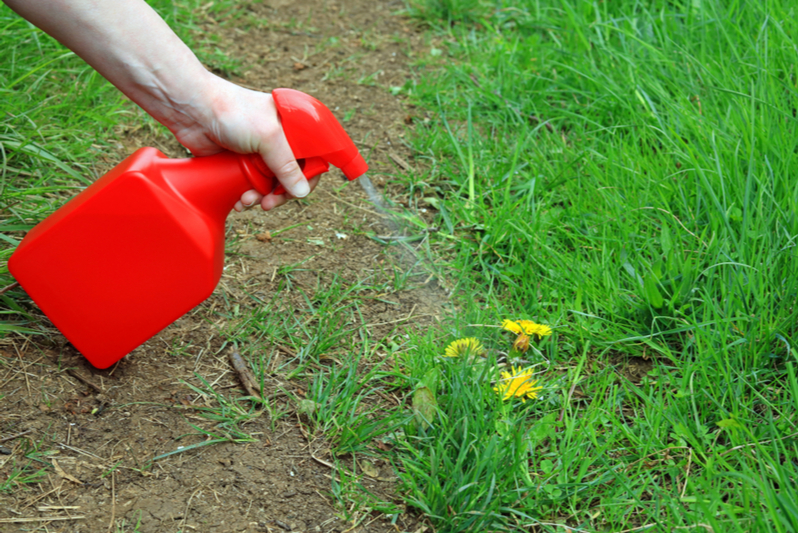
This can be done in 3 ways:
Small, controlled trigger pressure sprayer by diluting the herbicide
Tank sprayer weed killer to treat clumps
Dial sprayer connected to a garden hose. This will kill uncontrolled weeds over a large area. Be sure to clear toys, furniture and protect flowers and shrubs.
Killing weeds one by one
The most effective way to do this is to use a non-selective plant killer. For example, Super Kills-All or Roundup. The best technique is to wipe the blades of grass with the herbicide. Be sure to wear protective gloves.
Weeds can also be burned if desired.
Controlling crabgrass with a “grass killer” in the spring
There are 3 different ways to control crabgrass:
Broadcasting the grass control in the spring to prevent seeds from germinating.
Crabgrass prevention with granules.
Post-emergence killer
Do not control weeds on lawns where grass does not grow
In shaded areas and around trees, where grass does not grow well, mulch is best.
Now here are some tips on how to be most effective:
Buy concentrated herbicide formulas
Mix only what you need
Store in a cool place
Protect plants during application by reading labels to see which types of grass are vulnerable.
Apply to dry grass and avoid hot or very humid weather.
Wear socks, shoes, long pants, long sleeves, gloves and eye protection.
Be extremely careful with children and animals for the next 48 hours.
A good job can only be done with the right tools at hand:
Safety glasses
The different sprayers
Gloves
Lawn mower
Being well prepared also means preparing your equipment before you start:
Herbicide
Non-selective herbicide
Crabgrass Prevention
Post-emergence killer

